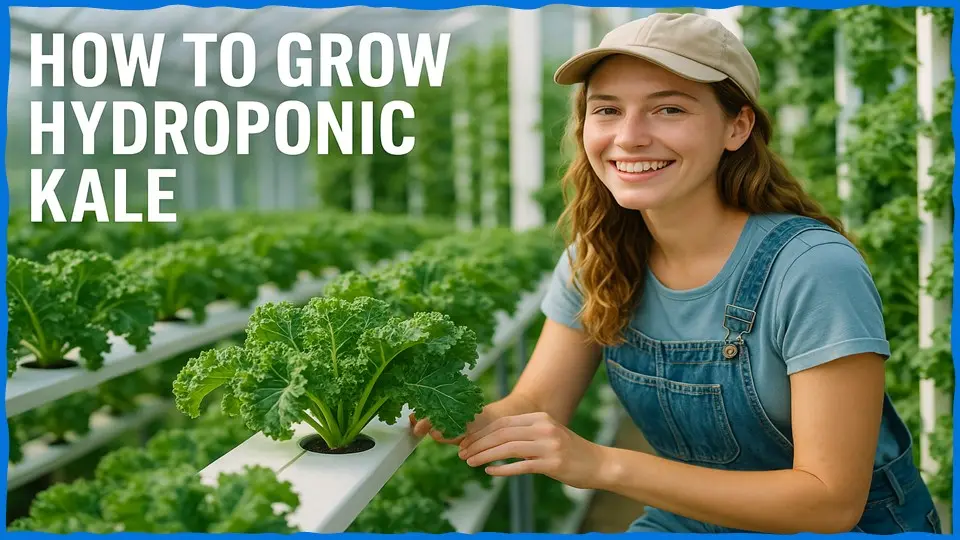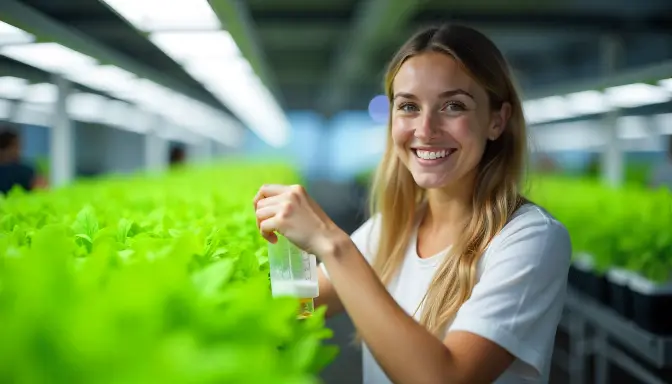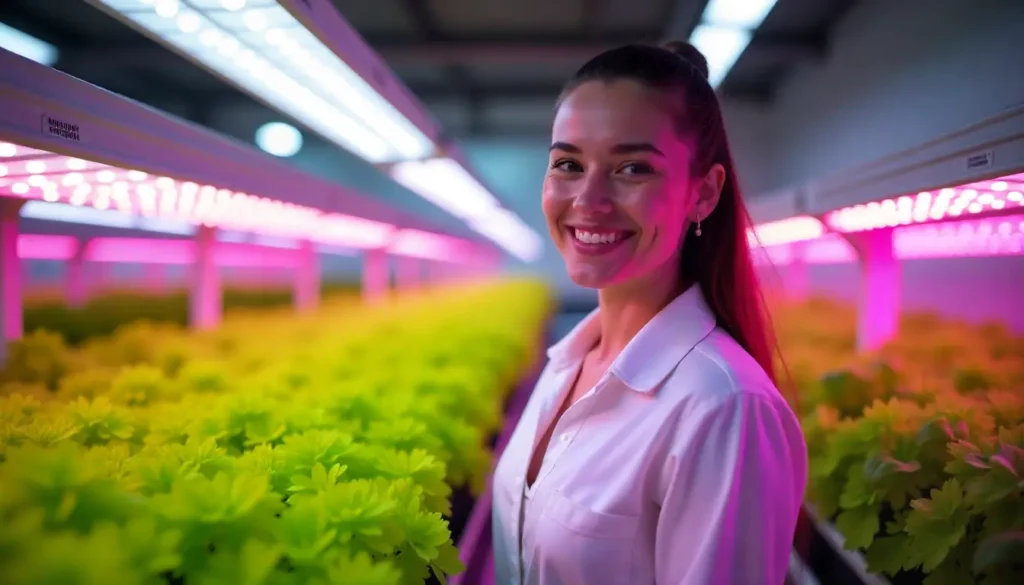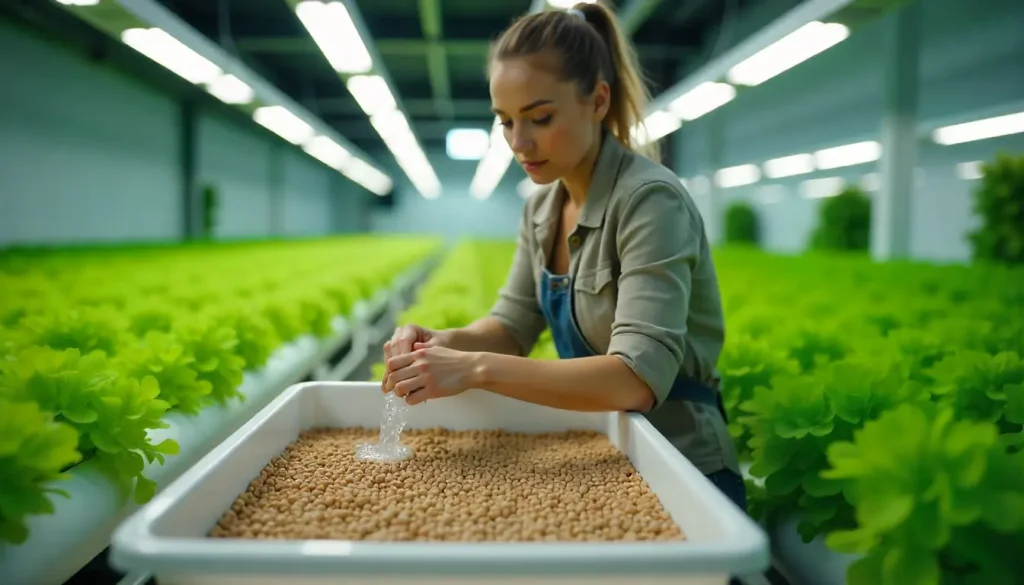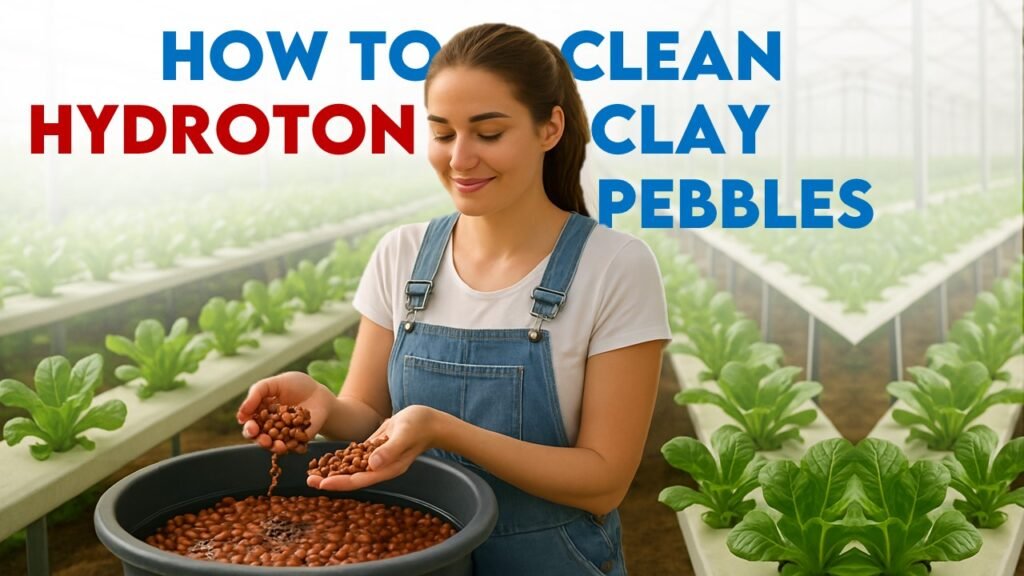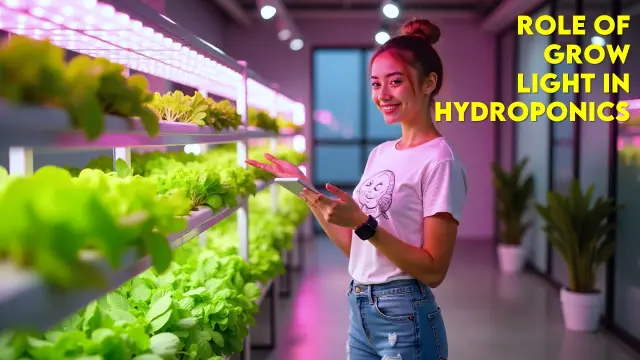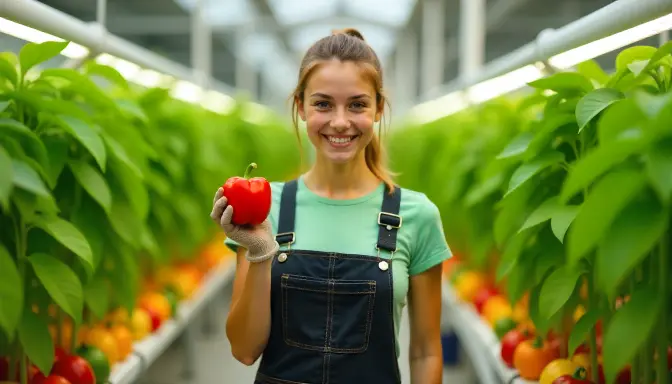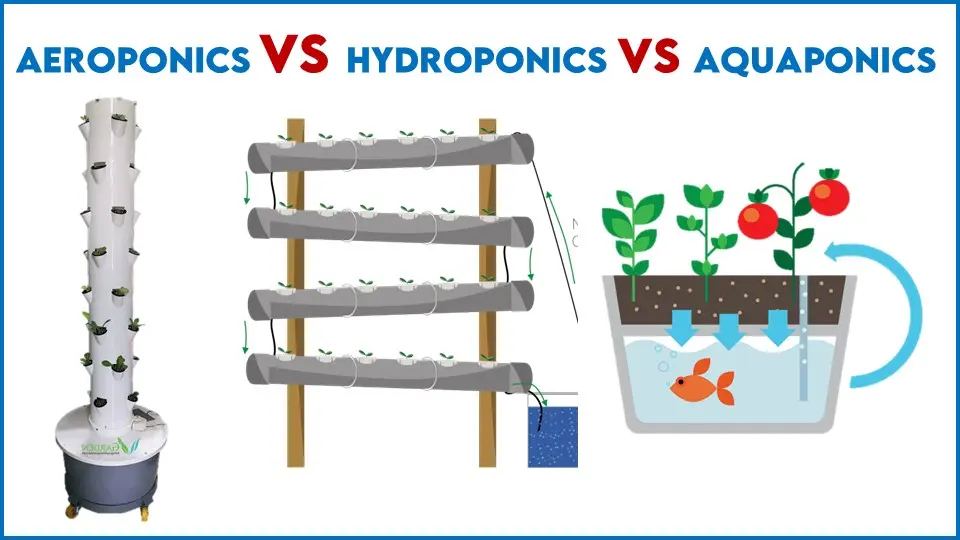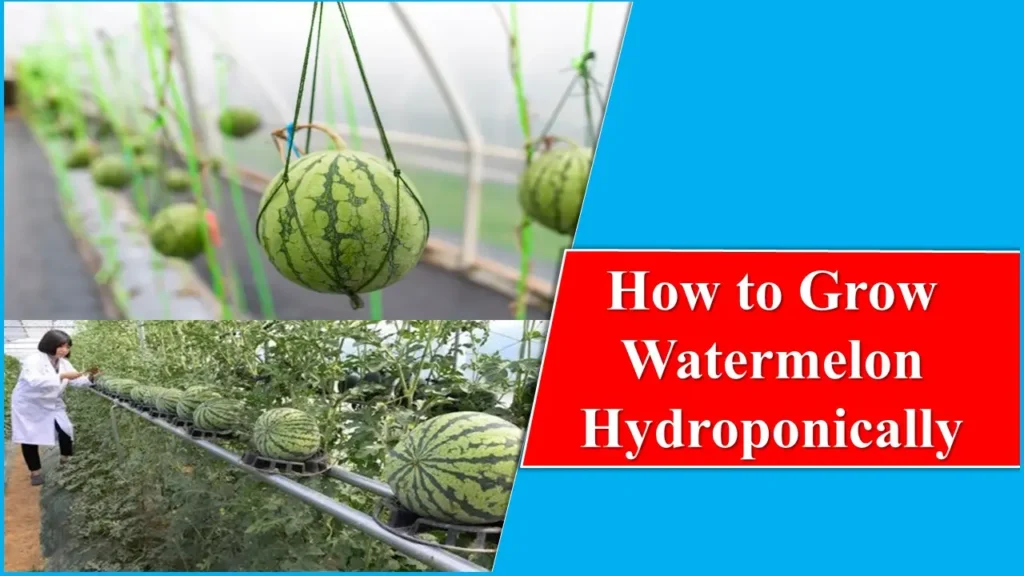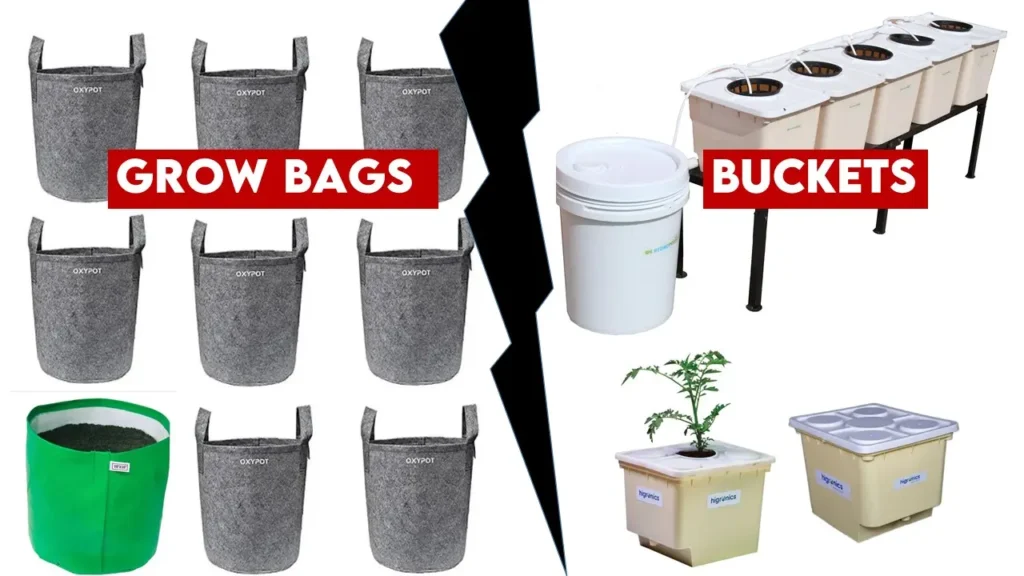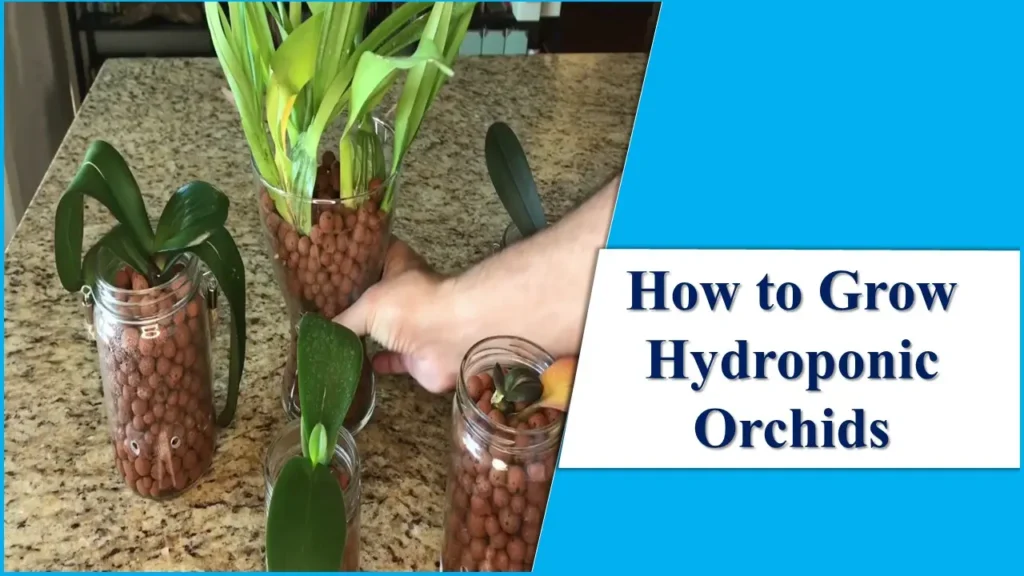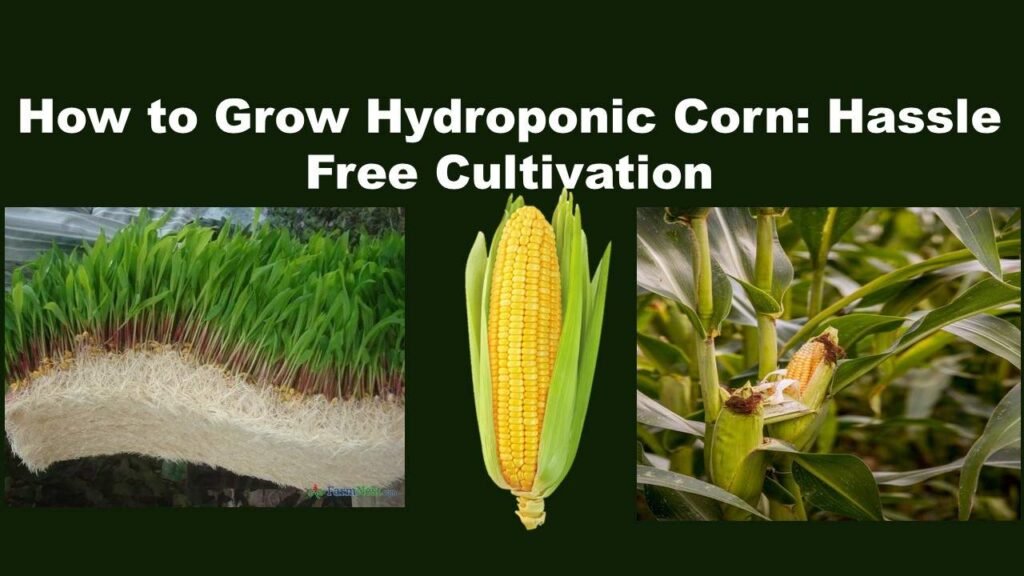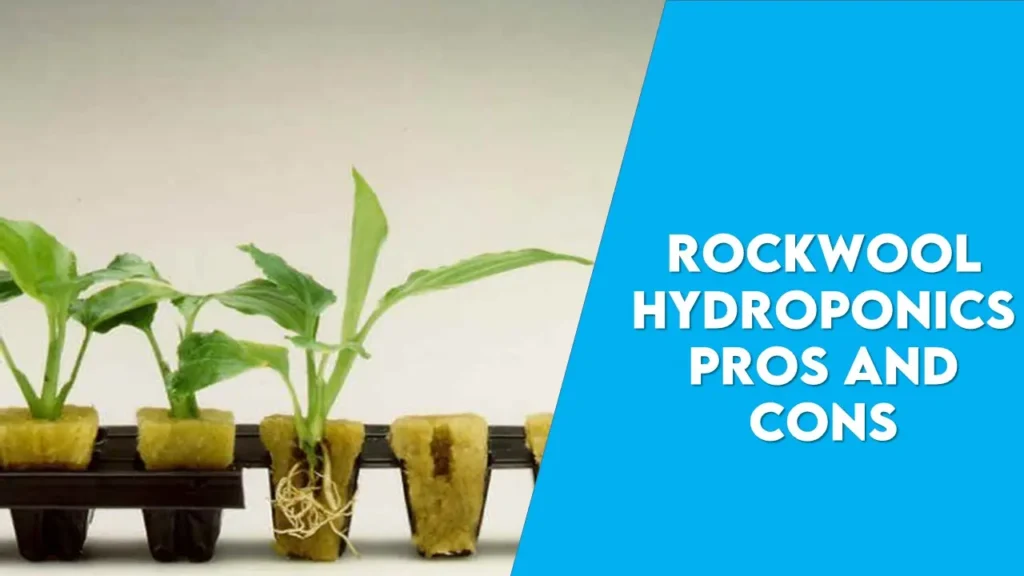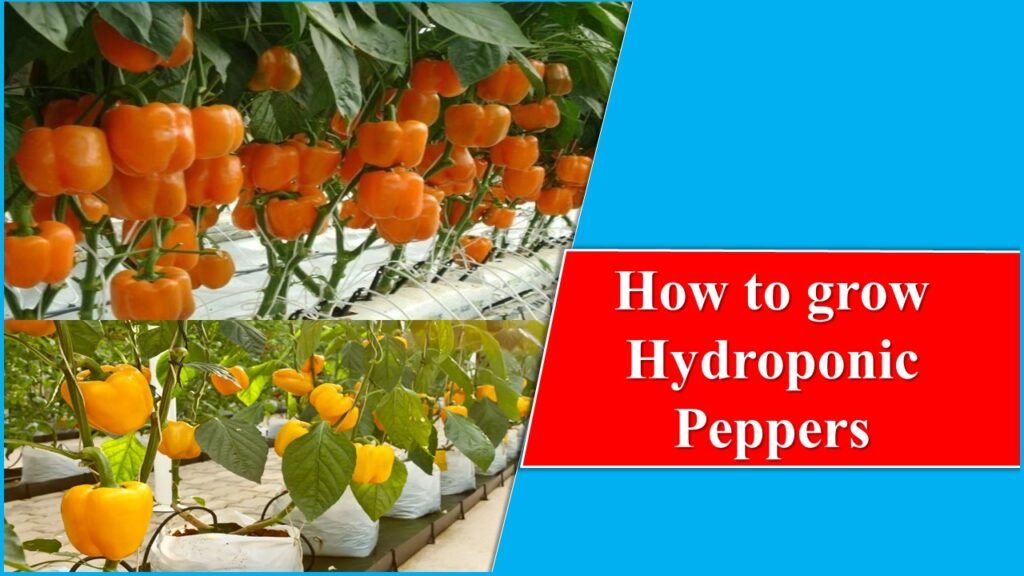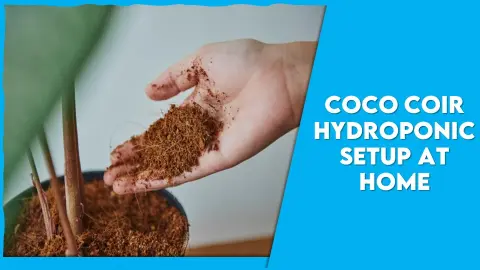How to Grow Hydroponic Kale : Step by Step GUIDE
Did you know that a healthy diet is incomplete without fiber, and green leafy vegetables are among the richest sources? Among them, Kale, also known as collard greens and cabbage leaves stands out as a nutritional powerhouse.
It is a popular salad crop used in various recipes, including smoothies, burgers, wraps, Pasta, Pesto, as a side dish, and many more. Kale is also rich in antioxidants, vitamin C, vitamin K, beta-carotene, and other anticancer compounds. The fun fact is it has the magic to balance your hormones, enhance libido, and improve digestion.
Its nutty, earthy flavor can be balanced in a variety of recipes, and the addition of nutrients makes it a must-have vegetable at your home. But why buy it when you can grow it fresh at home, chemical-free, and year-round?
With the help of the hydroponics system, cultivating kale has never been this easy and rewarding. Whether you’re a beginner or just an enthusiast, hydroponic systems offer a perfect way to grow this leafy gem efficiently and sustainably.

Optimal Conditions for Hydroponic Kale
Kale is one of the easiest plants to be grown in any type of hydroponic system, within a short period. To enjoy this nutritious greens salad year you need to create the following conditions in your system:
| OPTIMUM TEMPERATURE | 64–75°F(18–24°C) |
| OPTIMUM LIGHT | 10–14 hours/day of bright light |
| OPTIMUM HUMIDITY | 40–60% |
| GROWING MEDIA | Coco coir, Rockwool, Perlite-Vermiculite mix, or Clay pellets (LECA) |
| OPTIMUM pH | 5.5–6.5 |
| IDEAL NUTRIENT MIX | Primary nutrients include NPK and micronutrients iron, zinc, manganese, copper, molybdenum, and other trace elements. |
| EC(Electrical Conductivity) | 1.5–2.0 mS/cm |
| TDS(Total Dissolved Solids) | 1050–1400 ppm |
| RECOMMENDED VARIETIES | Dwarf Blue Curled Kale (compact & high-yielding).Red Russian Kale (tender & flavorful).Lacinato/Dinosaur Kale (rich texture & nutrient-dense).Winterbor Kale (cold-hardy, curly type). |

Steps to How to Grow Hydroponic Kale
Choose the Right Variety.
While choosing the variety, you must be sure about, where you wanna use it, like in a burger, it’s best to have broad leaves and crunchiness, but if you don’t like nutty flavor, get one with a mild flavor, and if you are growing for commercial purpose choose the one with compact growing habit and nutrient density. For your needs and aesthetics, here are some commonly grown Kale in hydroponics systems, these have different characteristics and good yield.
| Variety | Appearance | Texture | Taste |
| Siberian Kale | Large Leaves and Thick Rhizomes. | Relatively Thick. | Strong nutty flavor. |
| Red Russian Kale | Flat, Grey-green with Red edges | Thin and Tender | Sweet, soft flavor. |
| Lacinato Kale | Long, narrow, and Dark Green. | Broad and wrinkled. | Soft and Nutty. |
| Dwarf Green Curly Kale | Small, tightly curled, and dark green. | Thick, firm, and Tender. | Slightly bitter with a nutty aroma. |

Germinate the Seeds.
Kale seeds are easy to germinate. First of all, you need to prepare a suitable growing medium like rock wool, perlite, vermiculite,, or coco peat. Maintain a temperature between 60-75°F and humidity around 55-65%. Maintain hygienic conditions all the time to avoid pests and pathogens. Fill the medium into a net pot tray, fill individual seeds in each pot, and provide low light. Keep a proper supply of water and nutrients and maintain the pH between 6.5-7. The seed will start germinating between 7-14 days.
Transplant the Seedlings.
After Germination, wait for the seedling to grow at least 3-4 true leaves and a well-developed root system, after which it is ready to be transferred into the system. Keep the plants 8-10 inches apart for a balanced flow of nutrients and light distribution. Keep the pH near to neutral and maintain EC levels. While transplanting, ensure not to harm the root system and proper root ball formation for stability.
Prepare the light source.
Keep the light sources on for 8-10 hours daily from germination till transplanting. Increase this frequency to 12-14 hours per day in the seedling stage and adjust the light source six inches above the tray. During its maximum growth in the vegetative stage, it keeps providing light for 14-16 hours per day. Ensure that the light sources are not causing overheating in the system. If the Intensity of light is not balanced, then the vegetative growth of the plant would be severely affected.

Prepare the Nutrient Medium.
As Kale is grown for its leaves, it’s best to provide essential secondary and micronutrients in the system along with the primary nutrients. Follow this chart for the nutrient doses after the seedling is well aclamatised into the system:
Macronutrients:
| Nitrogen(N) | 150–200 ppm |
| Phosphorus (P) | 30–50 ppm |
| Potassium (K) | 150–200 ppm |
You can increase the nitrogen doses during peak vegetative growth.
Secondary Nutrients:
| Calcium(Ca) | 30–50 ppm |
| Sulphur(S) | 50–70 ppm |
| Magnesium(Mg) | 50–80 ppm |
Micronutrients:
| Iron(Fe) | 2-3 ppm |
| Manganese(Mn) & Boron(B) | 0.5 ppm |
| Zinc(Zn) & Copper(Cu) | 0.05 ppm |
| Molybdenum (Mo) | 0.01-0.02 ppm |
You may use fertilizer as follows in 10 liters of water:
| NPK 19:19:19 | 5–7 grams |
| Magnesium Sulfate (MgSO₄) | 5–6 grams |
| Calcium Nitrate (CaNO₃) | 10–12 grams |
| Micronutrient mix | 1–2 grams |
Keep EC at 0.8- 1mS/cm in the Seedling stage and 1.5-2 in the vegetative stage. Let the TDS be between 560–700 ppm in the seedling stage and 1050–1400 ppm in the vegetative stage for maximum growth.
Hydroponic Kale Nutrient Formula Calculator
Maintain the Temperature
Maintain an optimum temperature between 64-72°F throughout the kale life in a hydroponics system. A higher temperature invites the pathogen growth that can cause root rot in seedlings, resulting in high economic damage. It may also cause bolting and bitterness. So maintaining the temperature in a hydroponics system is an essential step to keep your plants healthy. You may use cooling pads, heat mats, or heaters to maintain the temperature.
Management
Although hydroponics is less susceptible to diseases and pests some foliar enemies like aphids, whiteflies, spider mites, and thrips may still appear. Manage them using neem oil sprays, insecticidal soaps, sticky traps, or biological agents like ladybugs and Bacillus thuringiensis.
Diseases such as root rot or wilting can also occur due to poor air circulation, inadequate drainage, or excess humidity. Maintain optimal root oxygenation, use beneficial microbes like Bacillus subtilis, and ensure the humidity stays between 40–60%. Good airflow, proper spacing, regulated temperature, regular system cleaning, and sterilized tools are key to preventing such infections. Monitor the plants carefully and notice the changes, remove infected parts if disease occurs, and adopt the control measures as soon as possible.
Keep removing yellow leaves in 7-10 days to maximize nutrient efficiency and disease avoidance.
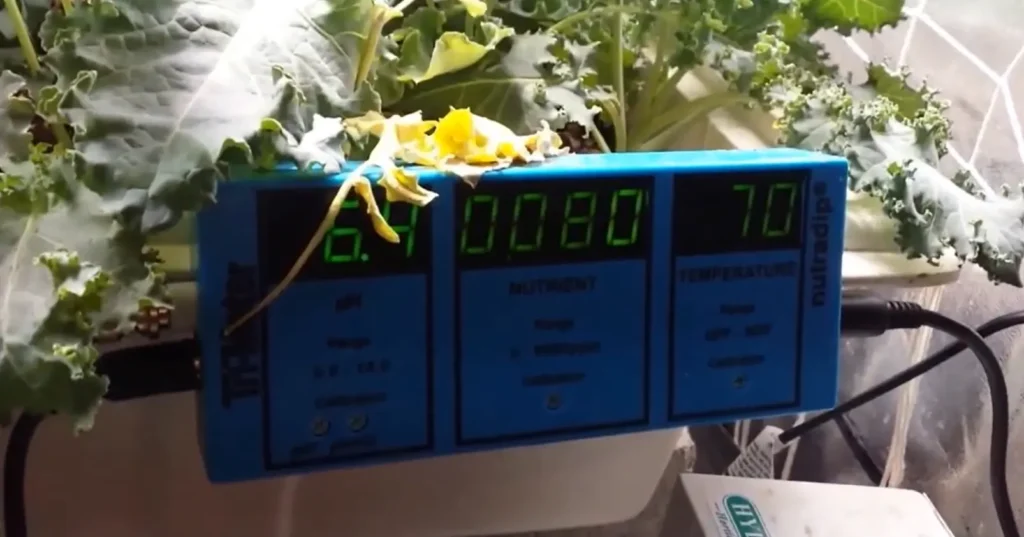
Harvesting and Yield
It takes around 8-12 weeks for the harvesting of the kale crop when it reaches a height of 6-8 inches. Use a ‘ cut-and-come-again’ method by harvesting only outer leaves and leaving the inner leaves untouched. This way, you can harvest it every 4-5 days, and usually kale can withstand 4-7 harvests.
The average yield per plant per cut is 30–50 grams of leaves. Over multiple harvests, each plant can yield 200–300 grams. In a square meter area, hydroponic Kale can yield 2.5-3.5 kg per month, depending on the setup and maintenance.
Conclusion
Kale is one of the healthiest and tastiest vegetables one can add to his diet. To make its availability year-round at your home in a small space while conserving water and nutrients, the adoption of Hydroponics technology is the best choice. It is not glabrous and helps you provide chemical-free fresh leaves in your kitchen. If you like salad crops and are interested in growing them fresh at your home, keep reading more from us, and if you have any doubts or queries, we can also solve them here for you.
Latest Post
- Nutrients Required for Hydroponic Farming
- Types of Grow Light for Hydroponics
- Factors Affect Nutrient Solution in Hydroponics
- How to Maintain pH and EC in Hydroponics System
- How to Clean Hydroton Clay Pebbles For Reuse
- How to Clean Hydroton Clay Pebbles for Reuse
- Role of Grow Light in Hydroponics
- How to Grow Hydroponic Peppers (Bell Peppers Hydroponics)
- Aeroponics vs Hydroponics vs Aquaponics
- Difference between NFT and DFT Hydroponics : What’s best for you?
- Can You Grow Watermelon Hydroponically : Hydroponic Watermelon
- Best Vegetables for Hydroponics System
Join Our Hydroponics Growers Group!
Connect with fellow hydroponics enthusiasts, share your ideas, ask questions, and grow together as a community.
👉 Join WhatsApp Group
